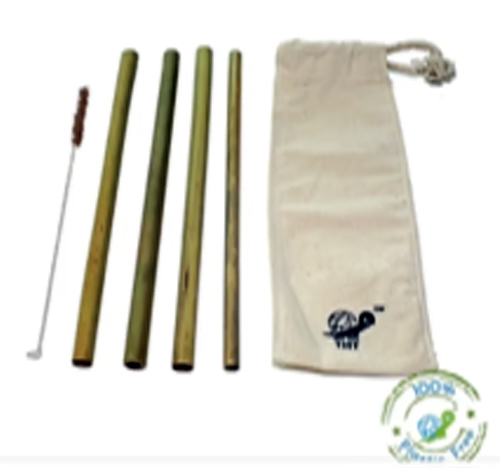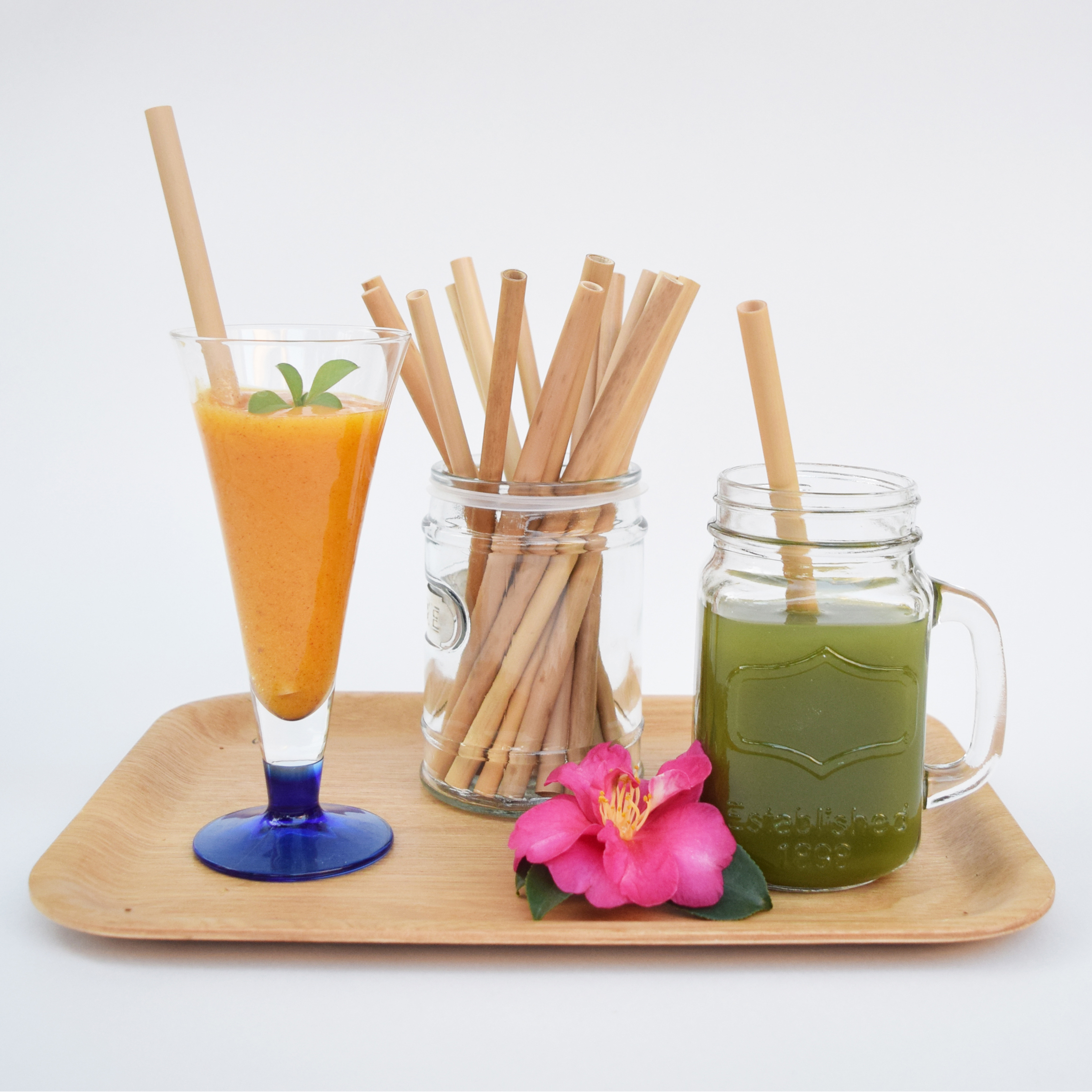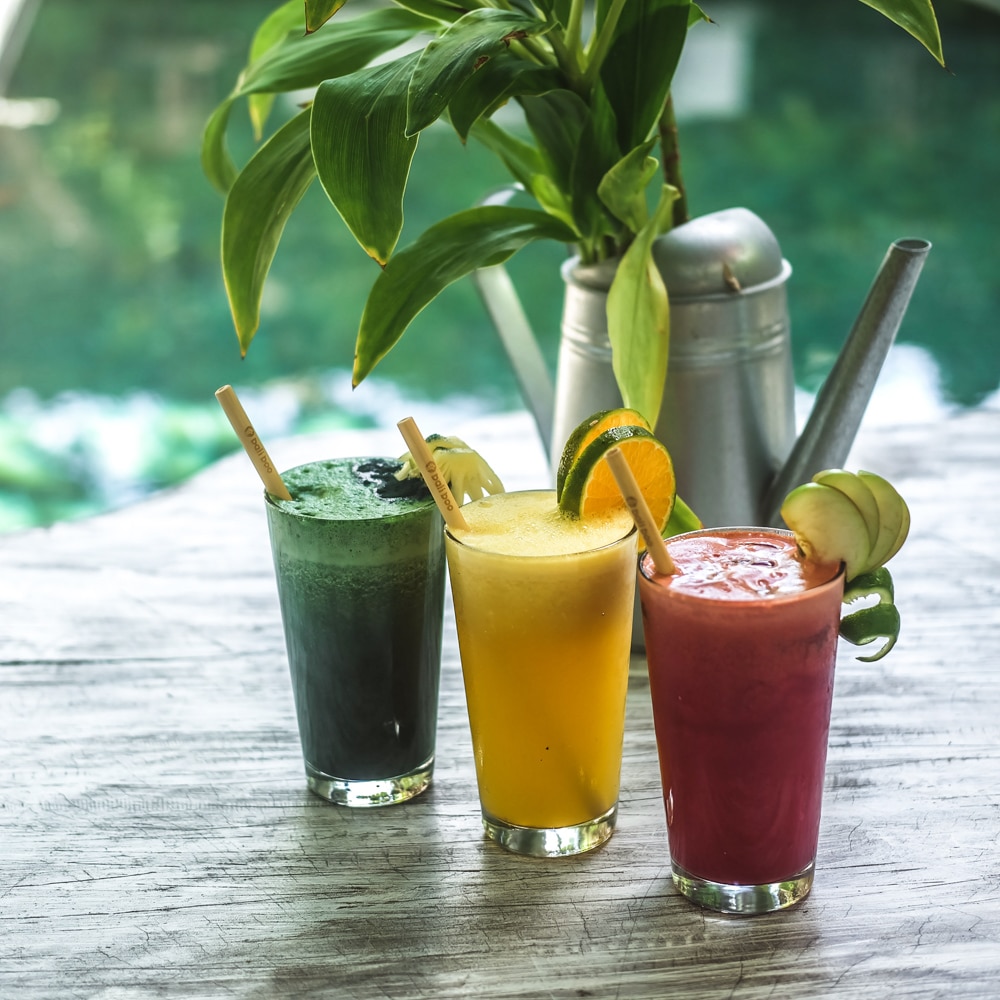
![]()
![]()
![]()
Bamboo Straw
Bamboo Straw
Overview
Product Idea and description |
|
Target group |
|
Raw material required |
|
Production capacity, facility and labour required |
|
Production Process |
|
Tools &Equipments required for production and prices |
|
Financial linkages/ Government schemes |
National Bamboo Mission to support enterprise |
Pricing Strategy |
Rs. 3.25 (0.7 margin) artisan has to keep a margin |
Package, storage and transportation requirements |
|
Marketing strategy |
Estimate of Market size in India and globally
Priced at Rs. 199 at Brownliving,in
|
Distribution Channel |
|
Production stage
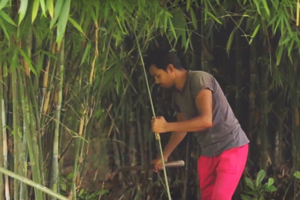

The bamboo selected for making the straw should be 1-3 years maturity. Bamboos with diameter 6-8mm require for straw. Bamboo of very less diameter is selected from the forest or homestead plantation.
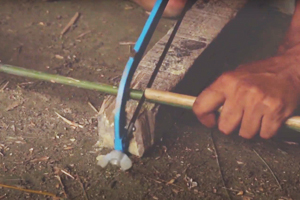

The harvested bamboos are kept for drying at least 4-5days. This process is done to reduce water content in the bamboo. After drying it is cut into pieces. Bamboo pieces are 6 inch, 8inch and 10inch. Hand cutting tool is used for cutting bamboo into pieces.
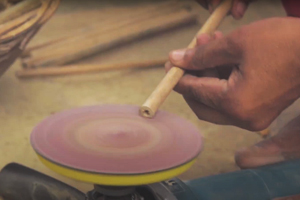

Sanding of the pieces are done with sand paper. it gives smoothness of the straw. Both end of the straw also sanded to give surface finish of the end. Sanding machine can also be used for this activity.
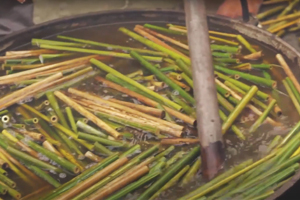

The bamboo pieces are keep in water and boiled for an hour with salt. After boiling bamboo pieces are rinsed and cleaned from innerside through a brush. It is done to make dirt and bacteria free. Boiling works as treatment of bamboo pieces.
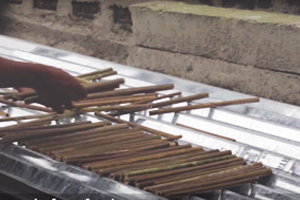

The bamboo pieces are kept for drying at room temperature for 8-10 hours during summer season. During winter and rainy season time for drying at room temperature needs more time. Sometimes it is kept under sunrays. After drying it is packed for dispatch.
Product SWOT Analysis
Strengths |
Weaknesses |
Opportunities |
Threats |
|
|
|
|
Financial Plan
One can easily start this business from home as a household unit with working capital requirement (equipment, raw material, labour at 0.8-1L payment and per unit cost at around Rs. 4-5. However, to increase production and keep per unit cost competitive, an industry set up is required. Unit with monthly production of 1L pieces bamboo straw at a cost of Rs. 2.20 per straw requires capital investment of 2.7 -2.8L, 20-25% raw material cost, try to cut the cost of raw material as low as possible, resell wastage/part left of straw /secondary product– ensuring that there is no moisture. Working capital requirement would be 2L assuming working capital cycle 30days and total 8 work hours in a day.
Turnover Calculation |
INR |
Production per month (pcs) |
1,00,000 |
Selling Price |
3 |
Total Turnover per month |
3,00,000 |
Total annual turnover |
36,00,000 |
Margin Calculation over |
INR |
Cost of 1L straws |
2,20,000 |
Selling Price (1 L straws) |
3,00,000 |
Margin (%) |
27% |
Capital Investment |
INR |
Construction for 400 sq ft bamboo work shed @ Rs.500 per sq ft |
2,00,000 |
Hand tools & other supporting equipment |
20,000 |
Sanding machine |
22,500 |
Boiling equipment |
10,000 |
Electrical fittings & rack for work shed |
20,000 |
Total |
2,72,500 |
Recurring Monthly Cost |
INR |
Salary for 6 workers average @ Rs. 8000 |
48,000 |
Travelling expenses |
5,000 |
Raw Material (Bamboo Poles- 20,000) |
1,20,000 |
Electricity |
3,000 |
Logistics & Packaging |
5,000 |
Other Misc cost (rent, auxillary raw material etc) |
20,000 |
Total |
2,01,000 |
| Profit Calculation (Yearly) | INR |
Gross Profit |
11,88,000 |
Tax @ 30% |
3,56,400 |
Net Profit |
8,31,600 |
Pay Back period (Months) |
Sensitivity Analysis based on monthly operating profit
Price |
Straws sold |
|||||
₹ 9,000.00 |
50,000 |
75,000 |
1,00,000 |
1,25,000 |
1,50,000 |
|
₹ 3.40 |
-1,21,000 |
-36,000 |
49,000 |
1,34,000 |
2,19,000 |
|
₹ 3.20 |
-1,31,000 |
-51,000 |
29,000 |
1,09,000 |
1,89,000 |
|
₹ 3.00 |
-1,41,000 |
-66,000 |
9,000 |
84,000 |
1,59,000 |
|
₹ 2.80 |
-1,51,000 |
-81,000 |
-11,000 |
59,000 |
1,29,000 |
|
₹ 2.60 |
-1,61,000 |
-96,000 |
-31,000 |
34,000 |
99,000 |
|
₹ 2.40 |
-1,71,000 |
-1,11,000 |
-51,000 |
9,000 |
69,000 |
|
Monthly Operating Profit (Rs) = Total Straws sales revenue- Total cost of straws – Salaries for artisans- Rent- Electricity
= 3,00,00-2,20,000-48,000-20,000-3,000
= 9,000
